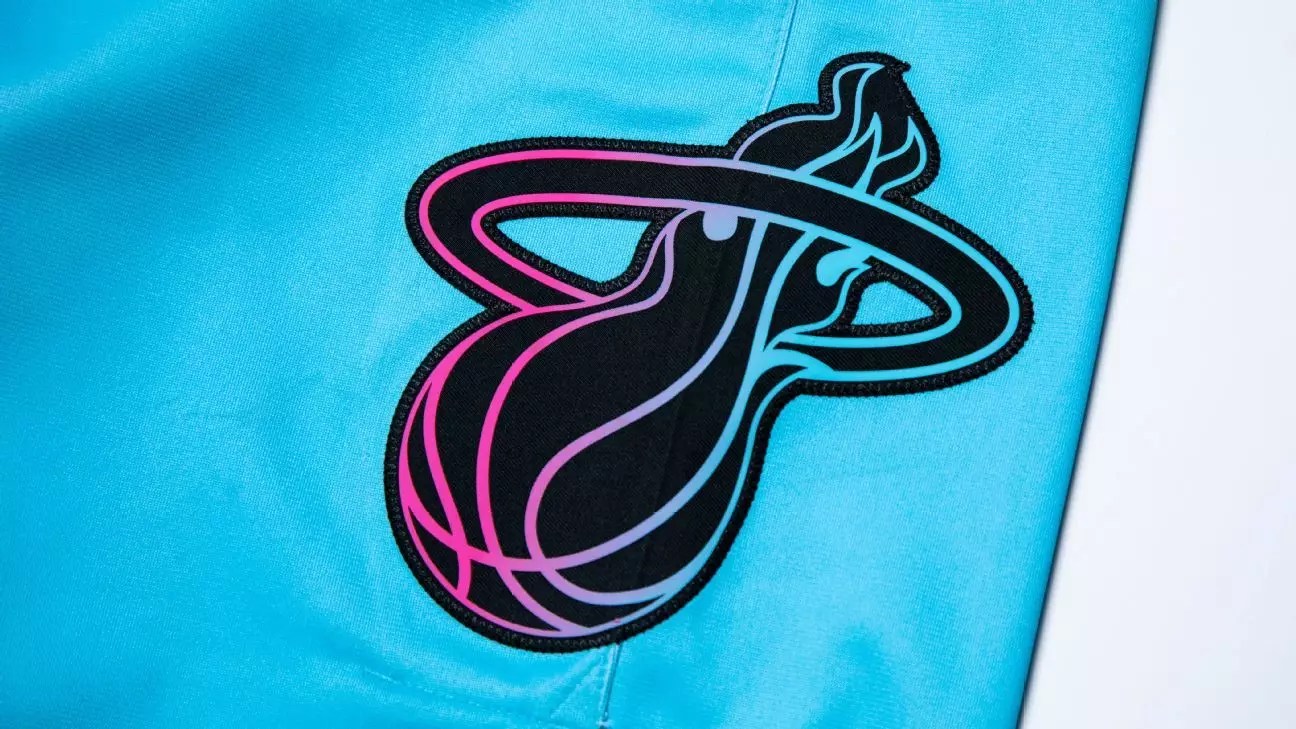In a shocking breach of trust, a former Miami Heat security officer has been exposed as the mastermind behind a multi-million dollar memorabilia theft ring. Marcos Thomas Perez, a veteran law enforcement officer turned NBA security personnel, had access to some of the most protected assets of the organization—valuable jerseys and memorabilia that fans dream of seeing. His shift from a trusted officer to a criminal trader reveals a disturbing reality: those entrusted with safeguarding our entertainment assets are sometimes the very ones who exploit them for personal gain. This egregious act exposes weaknesses within sports security protocols—how easily the sanctity of protected items can be compromised by insiders with malicious intent.
What makes Perez’s betrayal particularly heinous is his background; a 25-year career in police service and subsequent employment in a high-profile arena provided him with unparalleled access. His position allowed him to plunder over 400 jerseys, including some worn by legends like LeBron James, which he then sold at astonishingly low prices to online brokers. His actions did not merely amount to theft; they punctuated a profound breach of trust, stripping fans and collectors of priceless pieces of sporting history and undermining the integrity of the entire sports industry.
The Scale of the Crime: Million-Dollar Loot and the Dark Side of Memorabilia
Over a span of three years, Perez orchestrated a covert operation that netted him approximately $2 million. The illegal trade of highly sought-after jerseys—some worn during historic moments—highlighted a lucrative black market flourishing beneath the surface of professional sports. The sale of LeBron James’ jersey, worn during an NBA Finals game, exemplifies the value and stigma surrounding memorabilia: authenticity, provenance, and rarity determine a piece’s worth. When a jersey initially sold cheaply on the black market is later auctioned for upwards of $3.7 million, it emphasizes the disparity between illicit trade and the legitimate collectibles industry.
This case underscores a larger issue: the vulnerability of sports memorabilia to theft and illegal resale. Athletic organizations invest heavily in security, yet the insider threat remains a persistent challenge. Perez’s access to the secured memorabilia room, coupled with his motive for monetary gain, illustrates how insiders can exploit their positions. His ability to funnel stolen items into the underground market reveals an alarming gap in safeguarding valuable assets—a gap that can be exploited by those who are supposed to be protectors, not predators.
Lessons in Security and Integrity: A Wake-up Call for the Sports World
Perez’s arrest and the subsequent revelations serve as a stark reminder that sports organizations must reevaluate their security protocols and internal oversight. Relying solely on traditional security measures and trust in employees is insufficient; proactive measures such as continuous monitoring, strict access controls, and comprehensive background checks are essential. The sports industry often glamorizes the allure of ownership of memorabilia but forgets to address the dark underbelly—an underground economy fueled by insiders who betray their organizations for personal gain.
Furthermore, the case presents an ethical dilemma about the sanctity of sports histories. Fans and collectors treasure these items for their cultural and historical significance, and the theft of memorabilia represents more than financial loss—it erodes the very fabric of sports heritage. As this story unfolds, it challenges organizations to prioritize integrity and transparency, ensuring that security isn’t just physical but also moral.
In the end, Perez’s fall from grace warns us all: entrusted positions require unwavering integrity. When those meant to protect history turn into the ones who sell it, the damage is immeasurable—not just financially, but morally and culturally as well.

